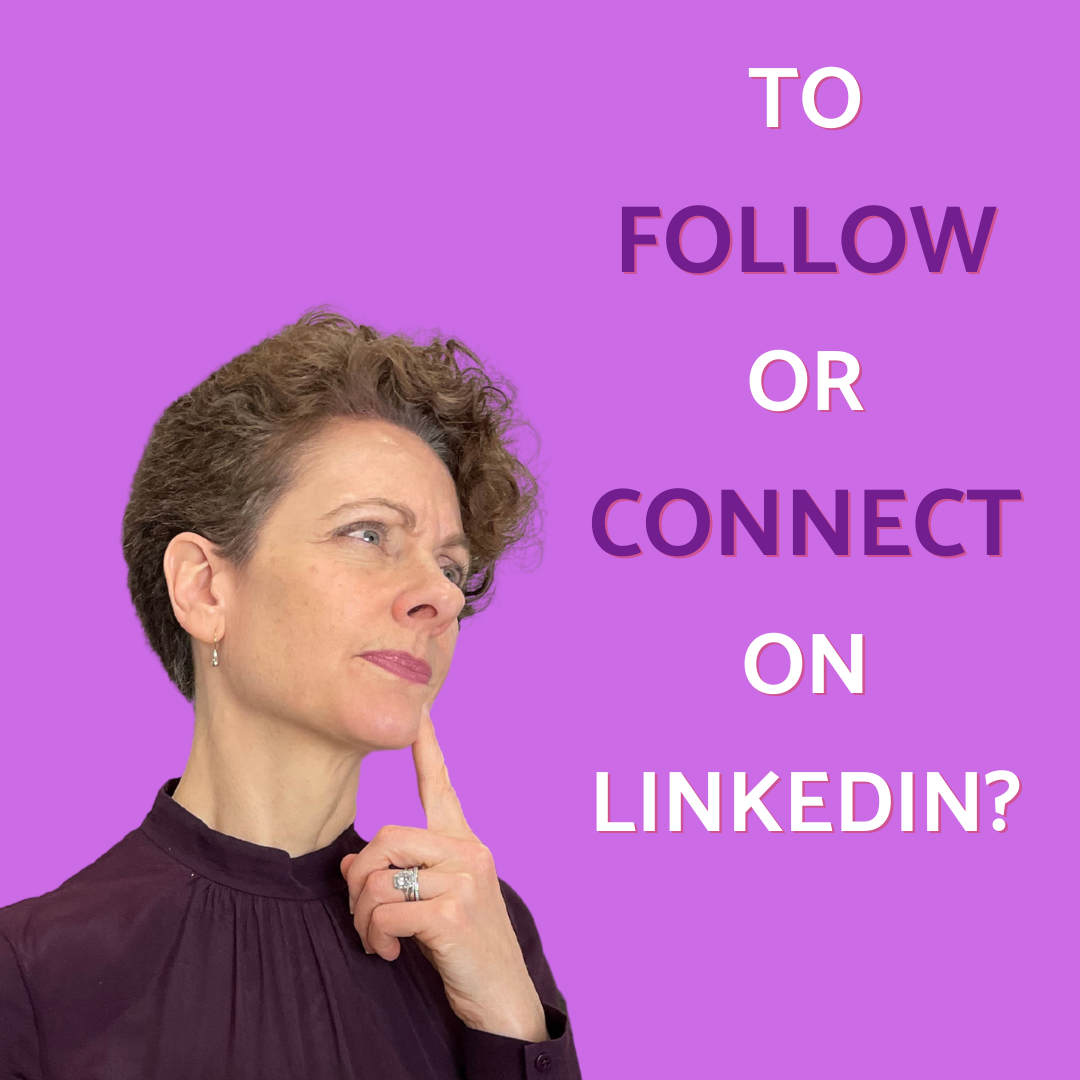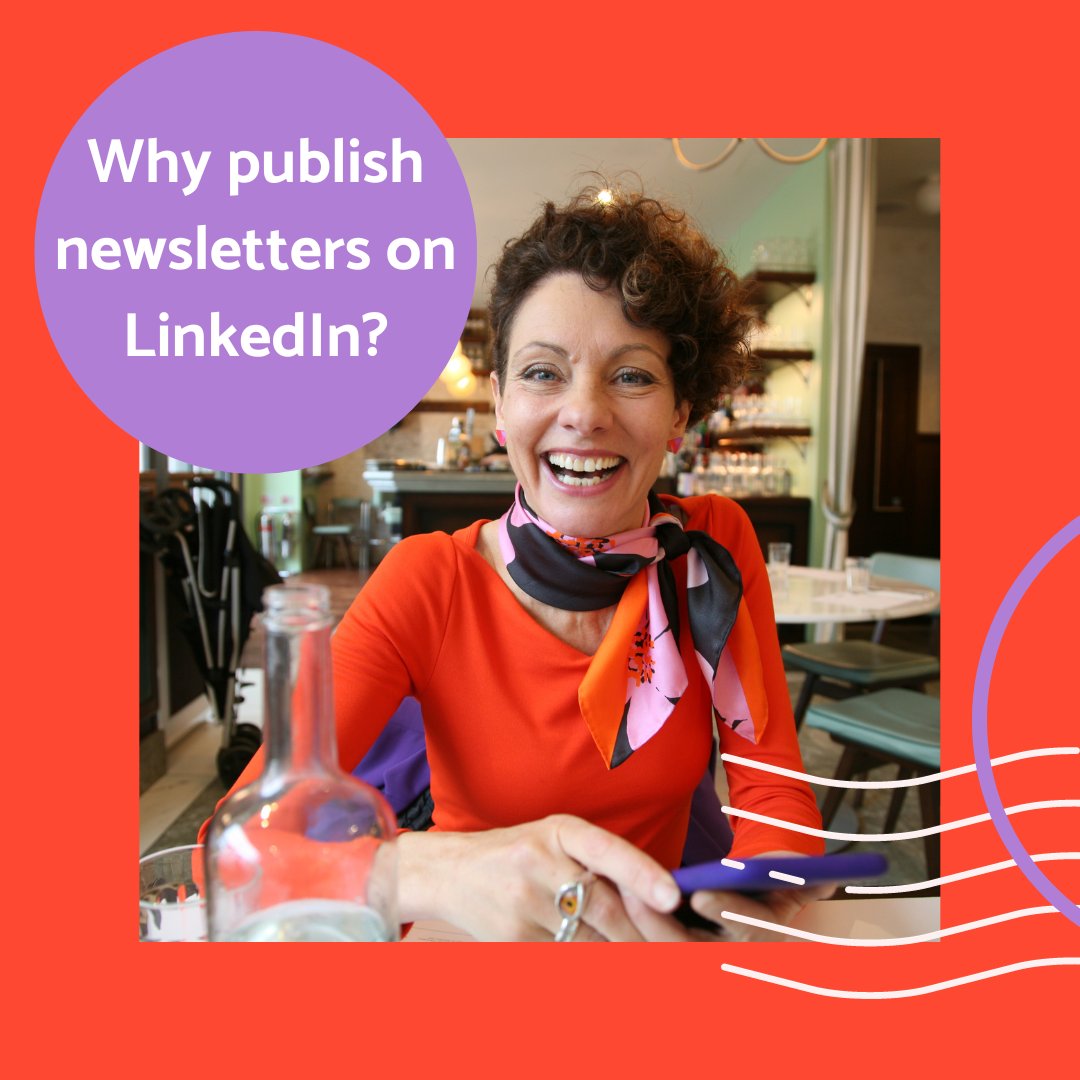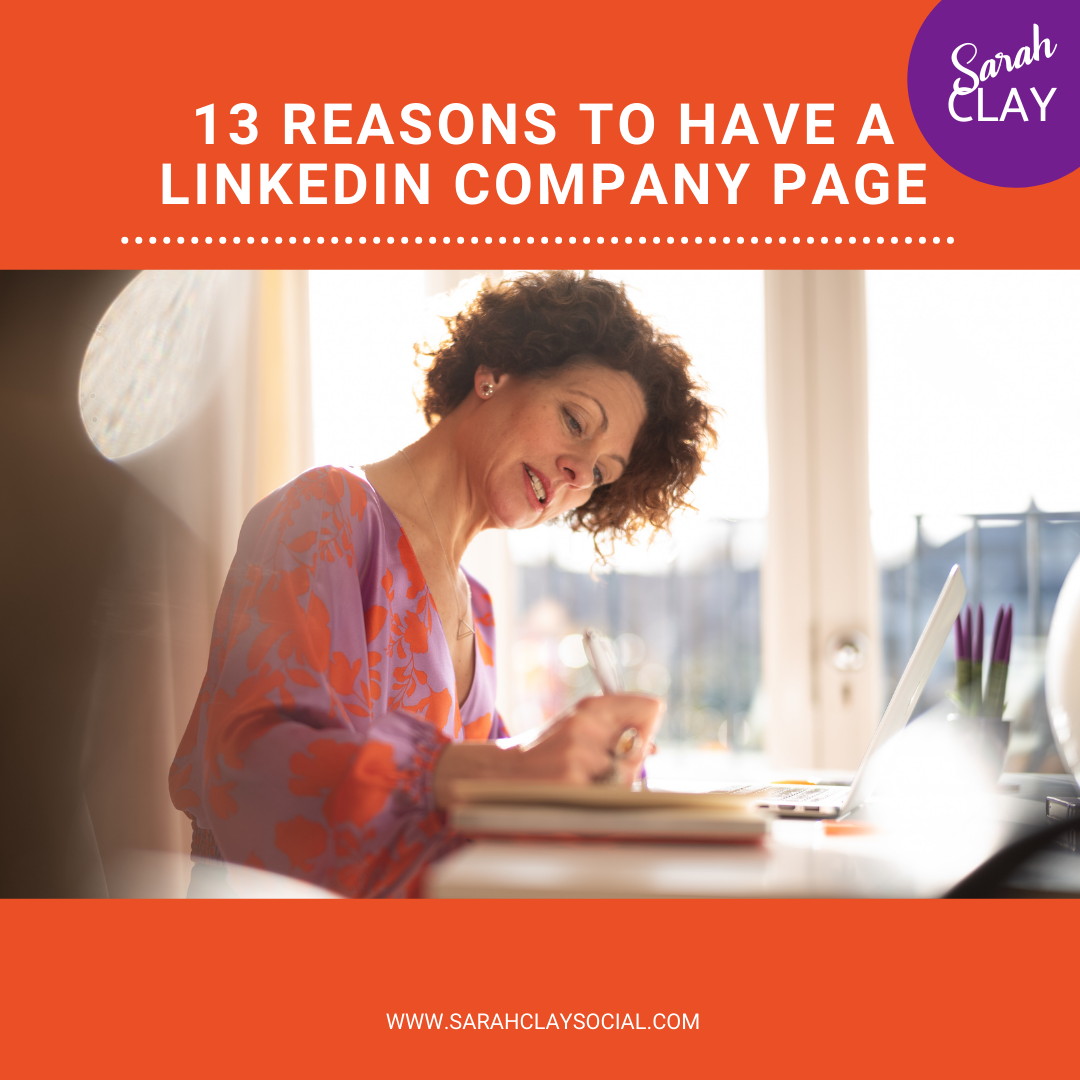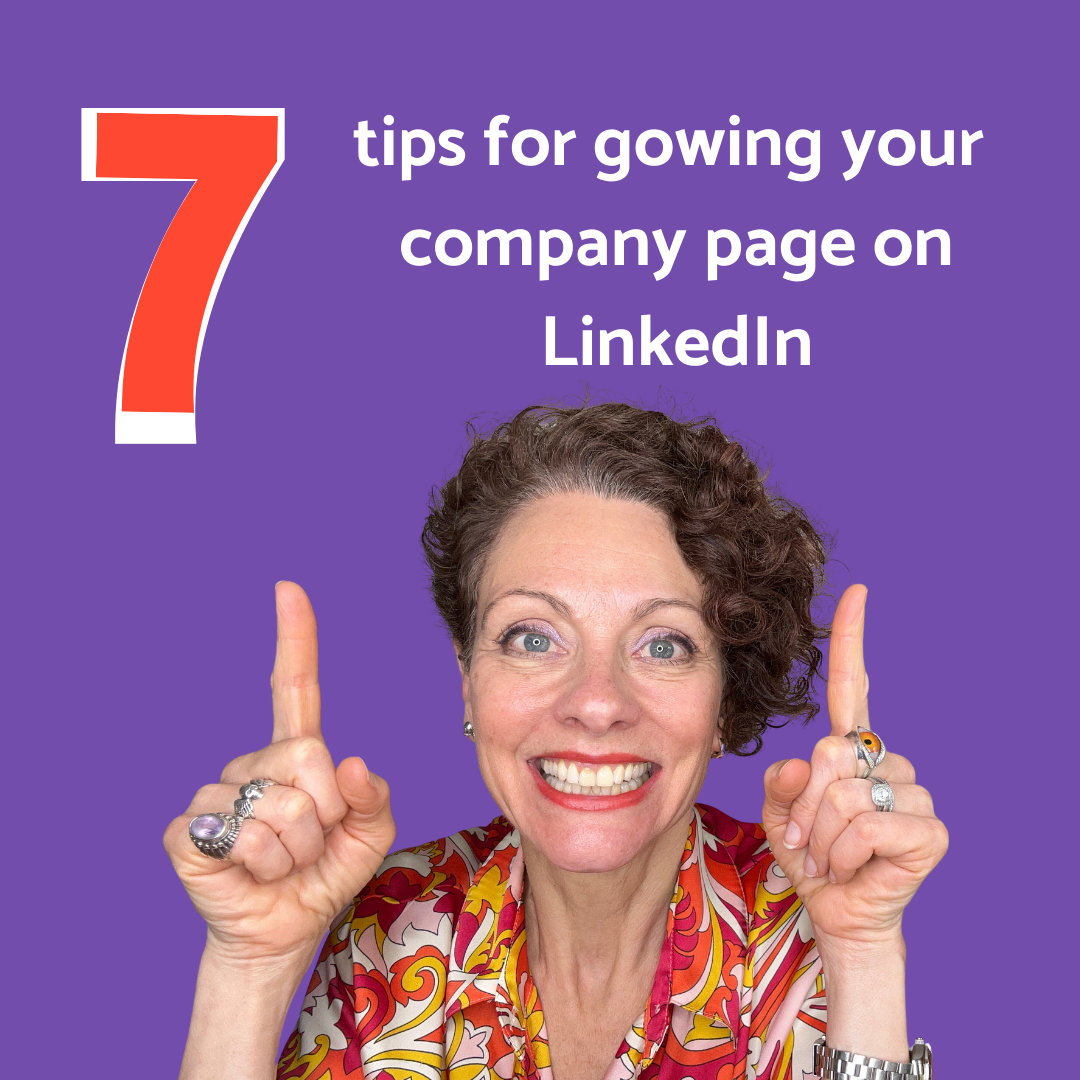LinkedIn is about building relationships, more so than ever before. I often get asked whether we should send requests to connect or follow someone on LinkedIn. Or whether we should be inviting people to follow or connect with us.
The answer isn’t that straightforward (of course!), so let’s take a look at the differences between following and connecting with someone on LinkedIn.
What are LinkedIn Connections?
Connections are people who connected on LinkedIn because they know and trust each other. If you’re connected to someone, you will both be able to see each other’s shares and updates on your LinkedIn homepages. This means that if they post something onto their profile, it will, at some point, appear in your feed. The same applies if you post something – they are likely to see it pop up when they’re scrolling through their feed.
You can also send direct messages to your connections on LinkedIn. You can send messages to people you’re not connected to on LinkedIn only if you pay for LinkedIn premium or sales navigator.
Connecting with someone on LinkedIn is a 2-way process. One person sends a connection request; this remains ‘pending’ until it is ‘accepted’ by the other person. The connection is formed.
There are different ‘degrees’ of connection. 1st degree connections are those people to who you are directly connected – as explained above. You also have 2nd and 3rd degree connections. 2nd degree connections are connected to your connections (think ‘friends of friends’). 3rd degree connections are – yes you guessed it – connected to a 2nd degree connection (think friends of friends of friends.)
Is there a limit as to how many connections we’re allowed on LinkedIn? Good question! Yes. You can have up to 30,000 first degree connections on LinkedIn. It seems a lot but once you’ve been on LinkedIn, using it properly for a while, you’ll be well on the way to that figure!
What are LinkedIn Followers?
Following someone on LinkedIn allows you to see the person’s posts and articles on your homepage, without being connected to them. However, the person you’re following won’t see your posts. You won’t be able to direct message someone you’re following and not connected to (unless you have sales navigator or LinkedIn Premium).
The slightly confusing thing is that once you’re connected to someone (as described above), LinkedIn automatically adds each of you as followers of each other as well! Just a note – this can take a while to happen, up to 30 days.
Why choose to ‘follow’ someone, rather than ‘connect’ with them? Another great question! As I said in the first sentence, LinkedIn is about building connections. People do business with people they know, like and trust.
Connecting with someone starts to build that relationship. However, think of this scenario: imagine there was someone on LinkedIn who you respected, and you really wanted to see their content come into your feed. The problem is, they’re HUGE on LinkedIn. Maybe they’re Brene Brown or Simon Sinek. As lovely and charismatic as you are, my friend, busy Brene and super Simon may not want to connect with you. By following them, you can still see their content in your feed.
How to connect and/or follow someone
Go to someone’s profile and look at the buttons beneath their banner
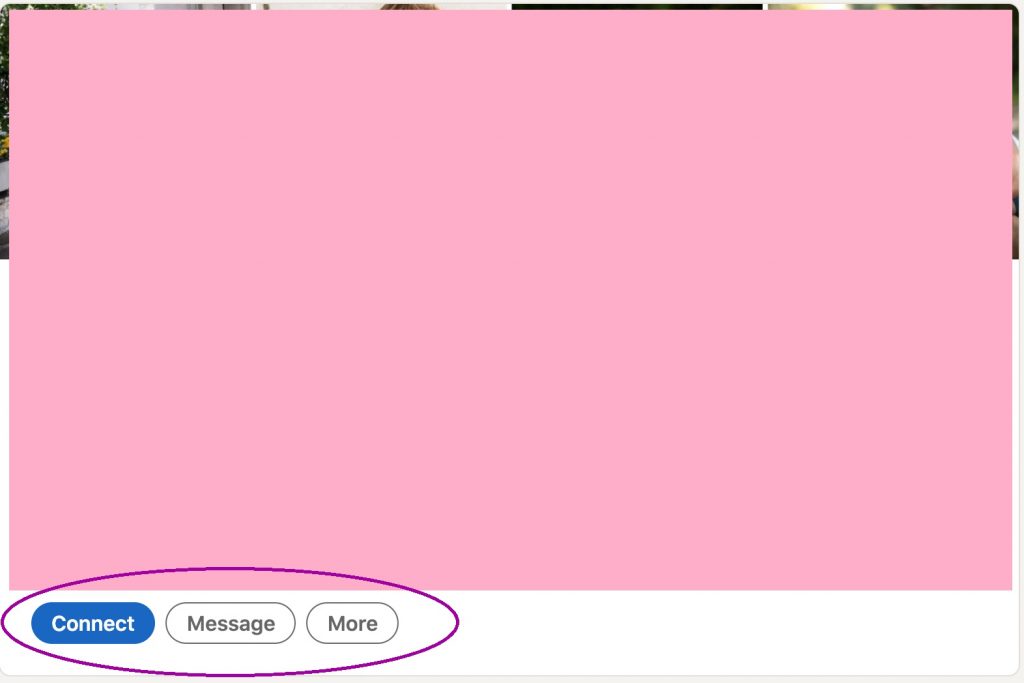
Click the ‘connect’ button
You’ll be asked if you’d like to ‘add a note’. Yes, yes, yes – always add a note! As I say, LinkedIn is about building relationships. What if ‘connect’ isn’t an option?
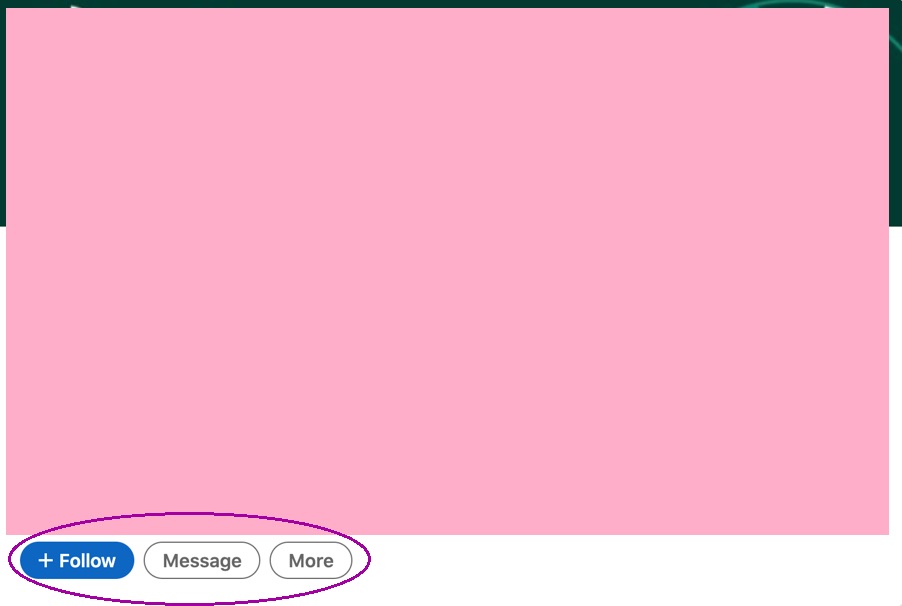
This person has chosen the ‘follow first’ mode. They would rather you follow them than connect with them, (more on this in a mo).
If you would rather connect with them then click on the ‘more’ button and a drop-down menu will appear where you can click ‘connect’ and add a note as previously.
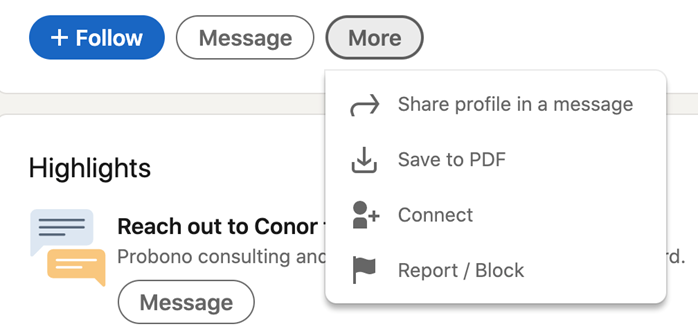
Why have ‘follow’ as your main button and not ‘connect’
If you’re fairly new to LinkedIn or you’re starting out, it’s important that you build your network. The way to do this is to start relationship building. The way to do this is to keep ‘connect’ as your first option. That way you can start getting to know people which is the idea!
If the prime reason for you to be on LinkedIn is to spread your knowledge, share what you know AND you’ve got several thousand connections you may want to switch to ‘follow’ first. This way people can get the benefit of your knowledge without you having to engage with theirs.
What about Creator mode? Aha, another good question my friend! If LinkedIn gives you the option of turning creator mode ON, please be aware that your default will be ‘follow’ rather than ‘connect’. So, my advice to you is that if you’d prefer to keep ‘connect’ as your first option, (in accordance with my advice above), say NO to Creator mode! If you’ve found this blog useful, please head over to LinkedIn and follow me and my hashtag #LinkedInSimplified.
